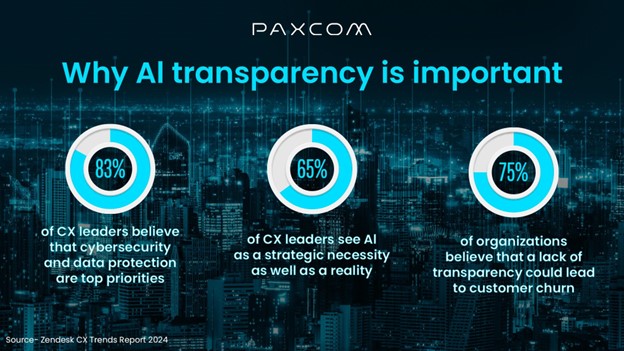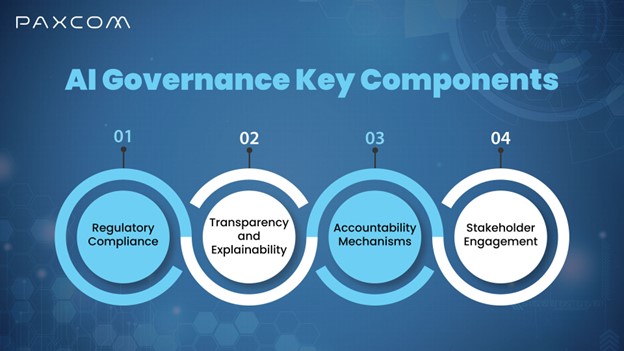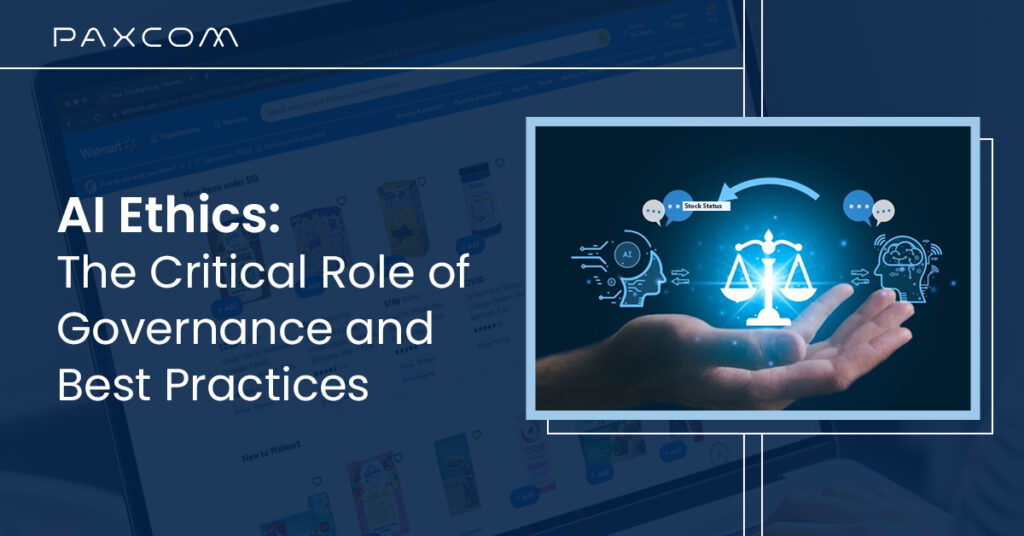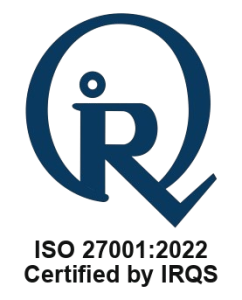Imagine a world where artificial intelligence (AI) not only powers most of our daily interactions and systems but does so with a conscience. As we stand on the brink of this technological transformation, the question of integrating ethics into AI development is not just a theoretical concern—it’s an urgent necessity. This guide delves deep into AI ethics, exploring why it’s pivotal to bake moral principles into the AI systems that increasingly influence every aspect of our lives. Here, we’ll discuss the crucial elements of AI governance, outline the best practices for ethical AI deployment, and highlight how these measures shape industries and protect societies.
Table of Contents
What is AI Ethics?
AI ethics represents a system of moral principles and techniques to guide AI technology’s development and responsible use. It ensures that AI systems enhance societal welfare without causing inadvertent harm or perpetuating inequalities. The discourse around AI ethics isn’t merely academic—it’s a practical necessity for the sustained integration of AI into society.
Historical and Contemporary Perspectives on AI Ethics

The narrative of AI ethics is deeply enriched by historical foresight and contemporary endeavors:
- Isaac Asimov’s Three Laws of Robotics Proactivity: Governed by the triad of machine ethicality, the first stance of Asimov bridges the gap between AI’s realization and ethical control to safeguard human interests by using AI.
- Asilomar AI: Purpose, Prevention & Precaution. As artificial intelligence technology becomes more embedded in our daily lives, it is pertinent to adopt comprehensive guidelines to mitigate AI-related adversities.
- Organizations such as MIT’s AI Ethics and Governance project and the AI Now Institute at New York University have been pivotal in shaping the discourse around AI ethics, emphasizing the need for an interdisciplinary approach to AI governance.
The Importance of AI Governance

Robust AI governance is essential for ensuring ethical guidelines are established and vigorously adhered to across all phases of AI system development. This governance encompasses regulatory compliance, accountability, transparency, and stakeholder engagement.
Key Governance Components:

- Regulatory Compliance: Ensuring adherence to data privacy, security, and AI deployment laws at various levels, thus grounding AI systems within legal frameworks.
- Transparency and Explainability: AI systems should be open about data use, decision-making processes, and operational algorithms to build trust and facilitate oversight.
- Accountability Mechanisms: Establishing clear accountability structures to identify who is responsible for AI outcomes is crucial to ensuring responsible AI behavior.
- Stakeholder Engagement: Involving diverse stakeholders in AI development helps garner multiple perspectives, particularly from those impacted by AI technologies.
AI Transparency: What is it and Why Do We Need It?
As the use of AI models has evolved and expanded, the concept of transparency has grown in importance. Transparency in AI refers to the ability to peer into the workings of an AI model and understand how it reaches its decisions. This involves a suite of tools and practices used to dissect the model, the data it is trained on, and the process of categorizing the types and frequency of errors and biases.
Trust, auditability, compliance, and understanding potential biases are fundamental reasons why transparency has become a requirement in AI. It helps mitigate risks such as perpetuating harmful biases or making inscrutable decisions in high-risk applications.
Challenges and Benefits of AI Transparency
While AI transparency offers numerous benefits, such as building trust and ensuring fairness, it also presents significant challenges. More powerful models tend to be less transparent, creating a “black box” dilemma where the inner workings are not easily understood. This can undermine trust, as users and regulators demand insights into AI processes to ensure they are unbiased and fair.
Best Practices for Ethical AI Implementation
To translate AI ethics from theory into practice, organizations can adopt several strategic approaches:
- Developing AI Ethics Codes: Creating a formal set of ethical guidelines, known as an AI code of ethics or value platform, provides stakeholders with decision-making guidance regarding AI use.
- Ethical AI Training: Offering comprehensive training programs to educate both AI developers and users about the ethical dimensions of AI technologies.
- Conducting AI Ethics Audits: Regular audits are crucial for identifying and mitigating ethical risks at different AI lifecycle stages, ensuring alignment with ethical standards and regulations.
- Engagement with Ethical Bodies: Collaborating with external ethics boards can enhance the governance framework by integrating third-party insights and oversight.
AI Ethics in Practice: Case Studies and Real-World Applications
Real-world applications of AI ethics can be seen in various sectors, from healthcare, where AI is used to enhance diagnostic accuracy while ensuring patient privacy, to autonomous vehicles, where ethical AI governance addresses safety and liability issues.
n the financial sector, Apple Card’s AI system was accused of gender discrimination, offering significantly higher credit limits to men compared to women with similar creditworthiness
The Future Trajectory of AI Ethics
The future of AI ethics lies in proactive governance. Rather than being reactive—addressing issues only after they arise—future AI governance must anticipate ethical challenges and embed solutions within the AI development process. This involves a shift from prescriptive rules to guiding principles that adapt over time.
Conclusion
Embedding ethics in AI isn’t just about preventing harm; it’s about ensuring AI technologies positively impact society, reinforcing trust, promoting fairness, and enhancing transparency. By adopting robust governance frameworks and adhering to best practices, we steer AI development in a direction that upholds human values and fosters a technologically enriched society.














